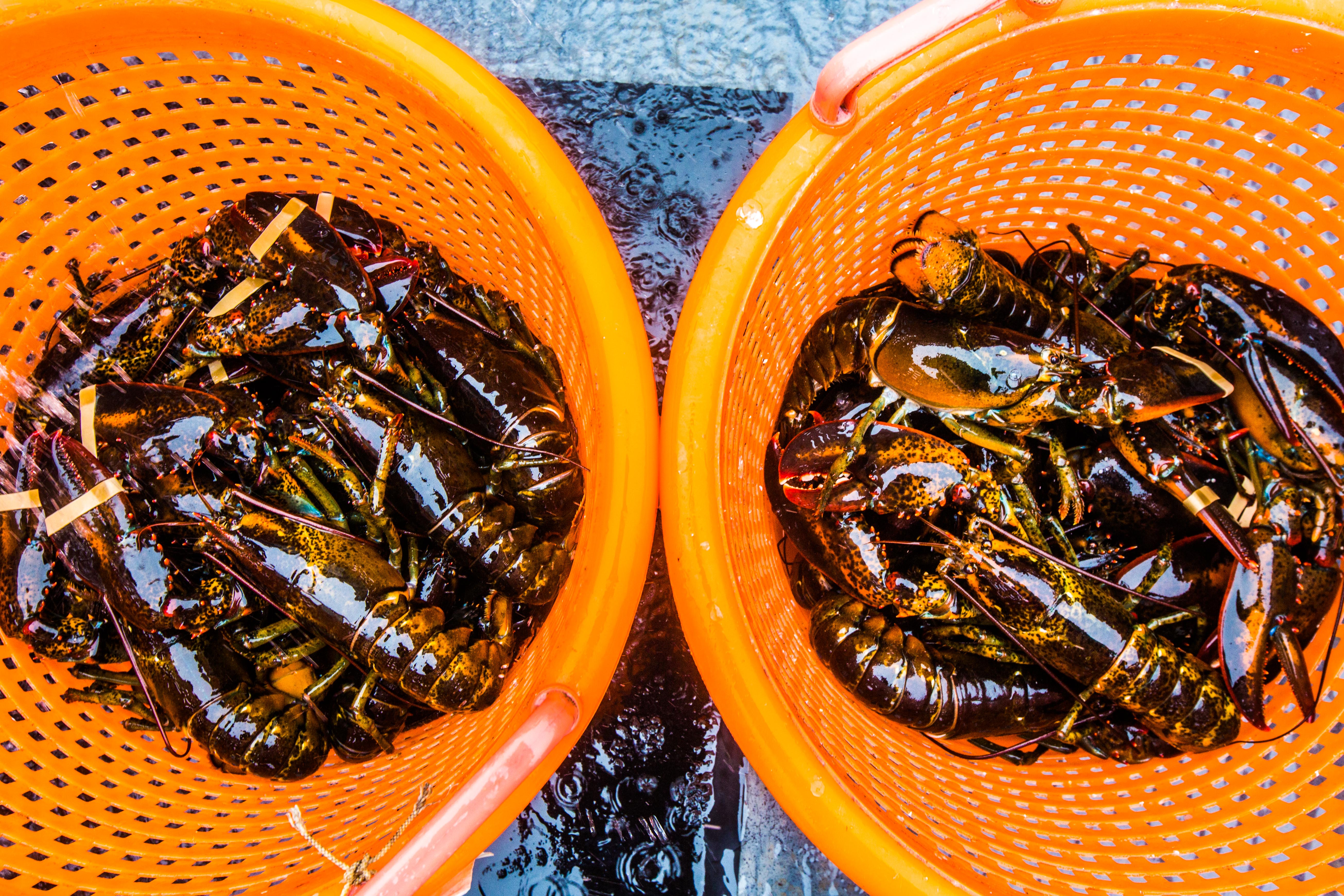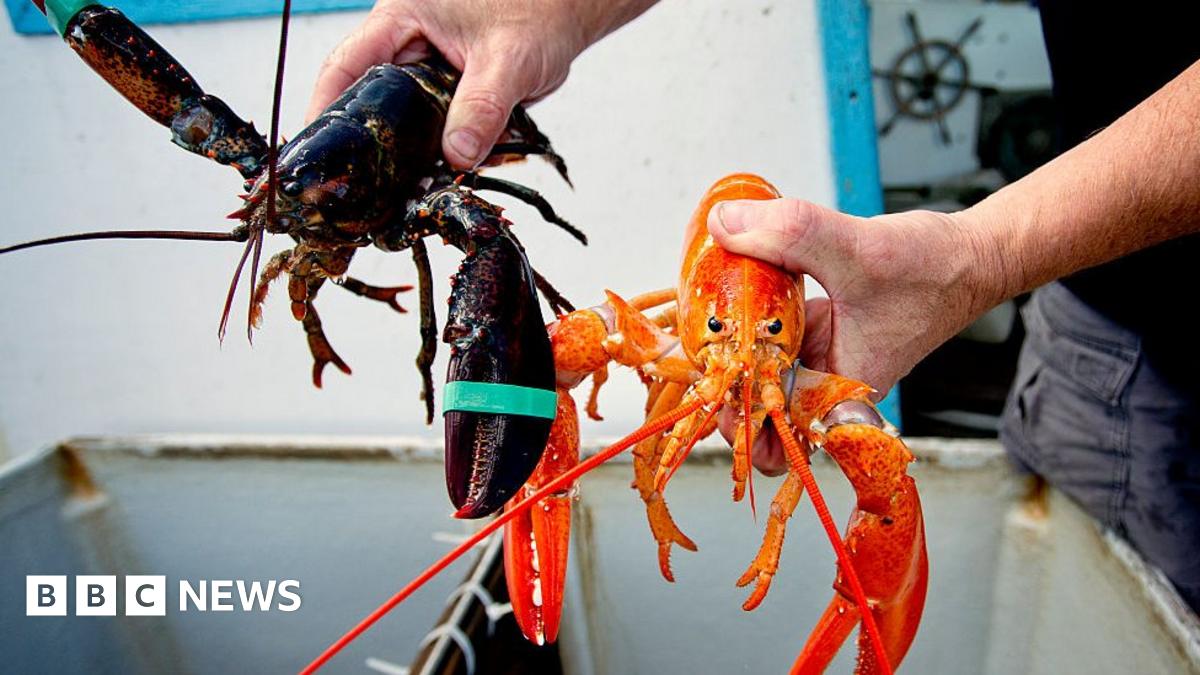How lobsters got caught in the crossfire
Lobsters were one of the first products to get hit with a tariff from China. Until it went into effect, China was Maine’s second biggest customer, buying nearly $129 million worth of lobster in 2017. But exports plunged 84% during the first 11 months after the tariff was imposed, according to the Maine International Trade Center.
While soybean growers and other farmers who have been hit with duties have received
billions of dollars in aid from the Trump administration to help them weather the tariffs, lobster sellers were not included in that package.
Trump maintains that his trade war isn’t dragging down the economy. At a speech at the Economic Club of New York earlier this month, he touted strong job numbers, stock market gains, and GDP growth.
“They haven’t been hurt,” Trump said, when asked about economic headwinds affecting a number of industrial sectors.
“The real cost, would be if we did nothing. The cost of doing nothing was killing us, as a country – our national debt and so many other things,” he added.
While the overall economy is strong, the
most recent GDP report indicates that it’s slowing. The manufacturing sector, specifically, has
slowed for three months in a row.
Maine was one of the slowest growing states during the second quarter of this year. A decrease in trade was the leading contributor,
the Bureau of Economic Analysis said.
Along with China, Trump’s other trade fights have also weighed on the lobster industry. Meanwhile, the European Union and Canada struck a trade deal in 2017 that also put Maine lobstermen at a disadvantage.


